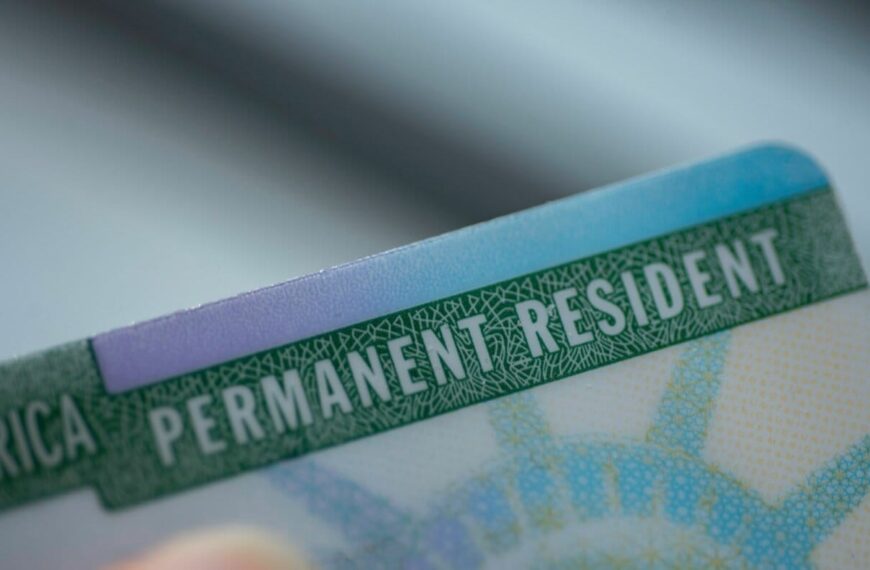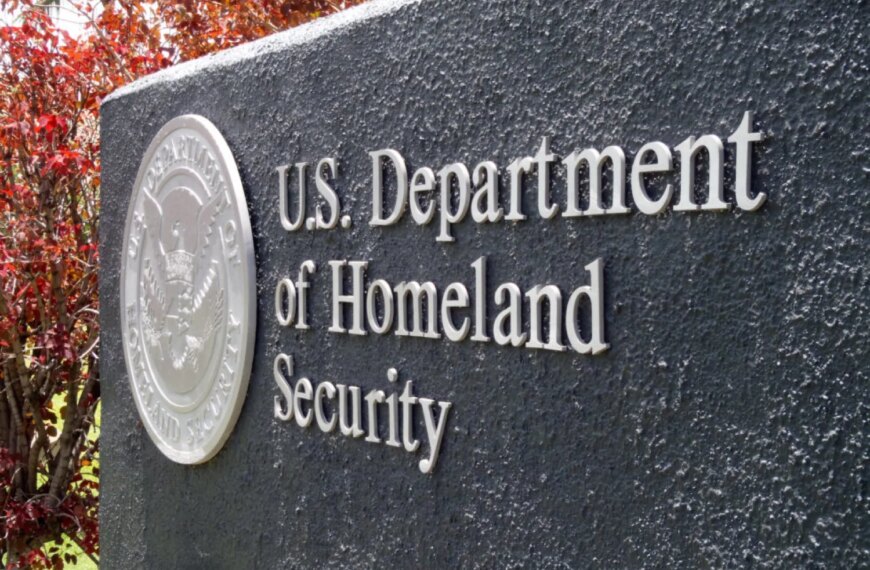Understanding UK Work and Study Immigration Numbers
The immigration landscape in the UK has undergone significant changes in recent years, particularly concerning work and study visas. A comprehensive overview of these numbers provides insights into the current trends and future implications for both prospective immigrants and the UK economy.
The Surge in Immigration Numbers
In recent years, the UK has experienced a notable increase in work and study immigration numbers. This surge can be attributed to various factors, including the global demand for skilled labor and the UK’s appeal as a destination for international students. The immigration policies have also evolved, making it easier for qualified individuals to obtain visas.
Key statistics include:
Types of Visas for Work and Study
The UK immigration system offers several visa options tailored to different needs:
1. **Skilled Worker Visa**: Designed for individuals with a job offer from a UK employer who can sponsor their visa.
2. **Student Visa**: For international students wishing to study at a UK institution.
3. **Graduate Visa**: Allows students to stay in the UK for two years post-graduation to seek employment or start a business.
4. **Global Talent Visa**: Aimed at individuals with exceptional talent or promise in fields such as science, humanities, engineering, the arts, and technology.
These visa categories are crucial for maintaining a robust workforce and fostering a diverse educational environment.
Impact on the Economy
The influx of international workers and students has profound implications for the UK economy. Skilled workers fill gaps in the labor market, particularly in sectors facing shortages, such as healthcare and technology. Furthermore, international students contribute significantly to the economy, with their spending on tuition, accommodation, and living expenses.
Economic contributions include:
Challenges in Immigration Policy
Despite the positive impacts, the UK immigration system faces challenges. Issues such as public perception, regulatory changes, and the need for efficient processing systems can hinder the effectiveness of immigration policies.
The recent political landscape, including calls for immigration reform, adds another layer of complexity. Understanding the implications of these changes, such as the potential for stricter immigration controls or increased support for certain visa categories, is essential for stakeholders in the immigration process.
Future Trends in UK Immigration
As the UK continues to navigate post-Brexit realities, the immigration system is likely to evolve further. Trends indicate:
– A potential increase in the emphasis on skilled immigration, as sectors look for talent to drive growth.
– Ongoing adjustments to student visa regulations to attract a global student base, which is vital for maintaining the UK’s status as a top educational destination.
– Changes in public policy that may influence the ease of obtaining visas, reflecting the government’s priorities regarding immigration.
In summary: The UK work and study immigration numbers present a dynamic and evolving landscape. With an increasing number of international workers and students choosing the UK as their destination, it is crucial for policymakers to address the challenges while harnessing the benefits that come with a diverse and skilled population.
Conclusion
The comprehensive overview of UK work and study immigration numbers highlights the importance of adapting immigration policies to meet the needs of the economy while considering public sentiment and international trends. The future of UK immigration will depend on the balance between securing the country’s borders and welcoming those who contribute to its growth.
As discussions on immigration continue, staying informed about changes and trends is vital for anyone involved in the immigration process. Whether you are a prospective immigrant or a stakeholder in the immigration system, understanding these developments is key to navigating the complexities of UK immigration today.










